There appears to be some misperceptions about the recent tariff rationalisation in electricity and increase in the prices of furnace oil. Most of the newspapers and media outlets are depicting as if the government is increasing the tariff of the electricity, which is contrary to facts. Rationalising the subsidy and withdrawing from those who can afford is no increase in the tariff. The concept of blanket subsidy to all should end if we want a stable and vibrant economy. Economics must be separated from politics. Politicising each and every issue will do us no good. It is very much necessary that we analyse things in their true perspective. Fair and just criticism would lead to improvement in governance and the national economy, but blame game and criticism for the sake of criticism will harm the positive policies of the government.
If electricity is produced at a cost of Rs 18 per unit how can it be sold at Rs 5 or less. Some may argue that subsidy slab may be increased from 200 kWh to 300 kWh or more but all this depends on the health of the overall economy of the country. We all know this situation has cropped up due to the wrong energy-mix power production of the previous government. Energy production was encouraged from expensive thermal power units (run on furnace oil or gas). The principal reason behind the increased cost of production was the change in the energy mix. Seventy percent of the power is now being produced by using expensive furnace oil while 30 percent by using inexpensive fuel. The reverse was true in the 1990s.
A key reason behind power outages and loadshedding in the country was the failure of full realisation of the costs of production of electricity from consumers. The tariff differential between the government notified rates and Nepra Determined Rates (NDT) had strangled the power sector. The previous government was unable to pay for the cost of generation of electricity, both in the pubic and private sector.
National Electric Power Regulatory Authority (NEPRA) is a body which determines the cost of production of electricity and makes it recommendations to the government to make adjustments in the tariff structure. Since a tariff increase on 12th May 2012, no tariff adjustment took place for over 14 months (13th May 2012 - 4th August 2013). It should be recognised that the increase in tariffs cover the cost of service and also legacy, liabilities relating to previous years. For example, for FY2011-12, the difference between Nepra notified tariff and government of Pakistan's notified tariff was Rs 3.01 per unit which increased to Rs 5.79 per unit after Nepra's tariff determination for FY2012-13.
The present government has not imposed any new heads or increased the tariff as per its discretion. The government follows rate notified by NEPRA for a fiscal year. It bears the cost of subsidising through a tariff differential subsidy. This inaction on the part of the previous government to pass on the cost of production to consumers gave rise to the circular debt on one hand and forced the thermal power plants to produce power less than their capacity
It must be appreciated that the present government decided to tackle the issue head on. The circular debt of Rs 480 billion was cleared within 60 days. It is also praiseworthy that the government has decided to protect the vulnerable sections of the society through a targeted subsidy. The poor would be protected while ensuring that the monster of circular debt does not reemerge.
The tariff structure finalised incorporates that 70 percent of consumers use less than 200 units. They have been completely protected from any rise in tariff. Consumers up to 200 units have been protected and tariff has been maintained at the current level. Even after present tariff rationalisation a total subsidy of Rs 136 billion is estimated to be paid to domestic consumers for using up to 200 units of electricity. In addition, an estimated subsidy of Rs 50 billion is envisaged for KESC consumers.
The rise primarily affects 30 percent well-to-do and affluent customers. The government has also rightly decided that well-to-do and affluent domestic consumers would not benefit from tariff charged to lower slabs as was the case in the past since they can and should pay the cost of using electricity. The Tariff Structure has been duly approved by the CCI and has a broad-based representation and ownership. Media must criticise the wrong policies of the government but must appreciate it for its right steps. It is high time that the public must be told the truth on issues of national importance and they are not misled.
About the increase in petroleum products prices, I must say that Pakistan depends heavily on imports to fulfil its requirements. If the prices fluctuate in the international market, the same would definitely be felt locally. Ogra, an independent body, makes recommendations for the adjustment in prices of oil in view of the international prices. The prices of petrol were Rs 109.13 whereas present international prices were calculated to be Rs 115.25. Similarly present price of High Speed Diesel was 112.26 whereas the international prices were calculated to be Rs 118.95. It was therefore necessary to increase the prices of petrol by Rs 6.12 and high speed diesel by Rs 6.69 in order to pass over the entire impact of international oil price. The Prime Minister decided that the entire increase of oil prices should not be passed on to the consumers and instead the government would bear a subsidy of Rs 2 per litre or Rs 2.1 billion.
Therefore, the price of petrol which should have been increased by Rs 6.12 per litre and high speed diesel which was supposed to be increased by Rs 6.69 were instead increased by Rs 4.12 and Rs 4.69 respectively. Now the hue and cry over the increase in the prices of petrol, and attributing it to the government is not fair.
(The views expressed in this article are not necessarily those of the newspaper)
BR100
15,235
Increased By
150.4 (1%)
BR30
44,824
Increased By
812 (1.85%)
KSE100
149,971
Increased By
1353.3 (0.91%)
KSE30
45,655
Increased By
407.2 (0.9%)


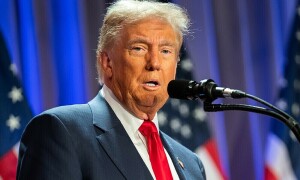


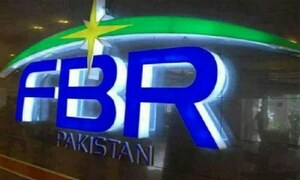
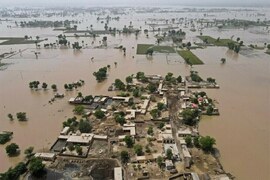







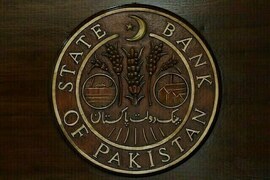

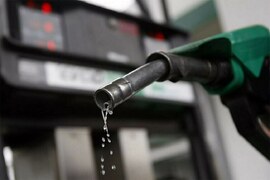
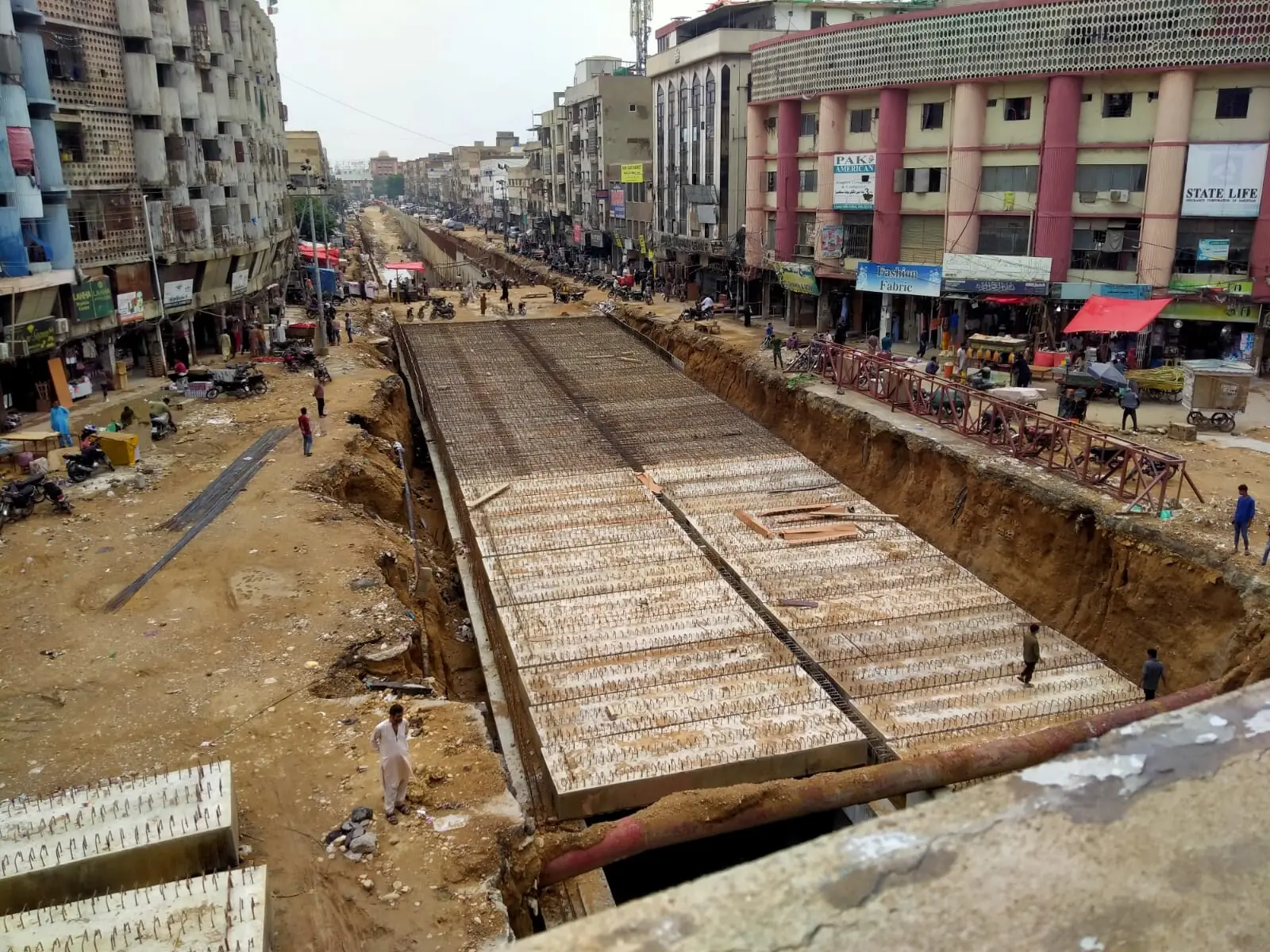



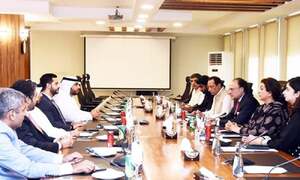
Comments
Comments are closed.